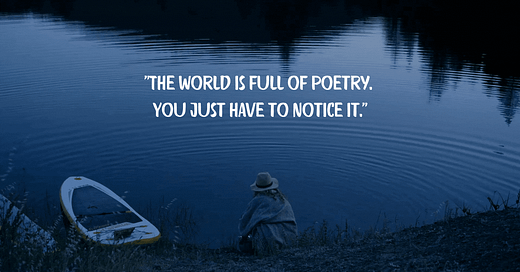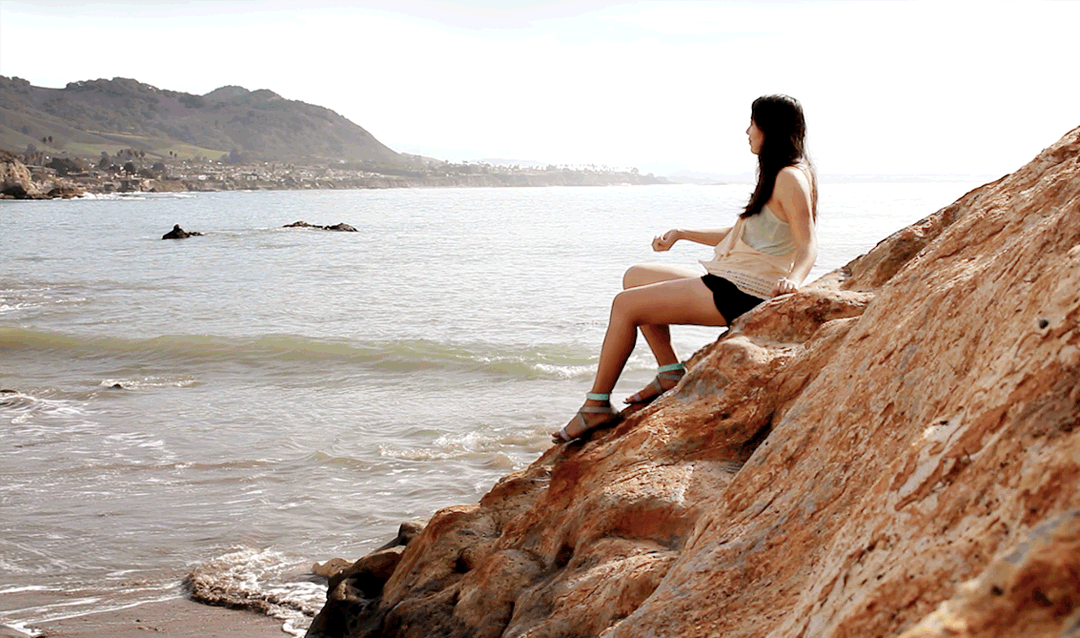Living Stills
Some thoughts about my fascination with gifs and in particular - cinemagraphic gifs.
I pulled the plug today on several servers I had and AWS buckets with 100s of 1,000s of Gifs. The last vestige of my failed project during the 2010s - Gif Lingua. As they say - you miss 100% of all the shots you don’t take. My attempt at making a GIF ideographic record of the English language. Samuel Johnson like obsessive stuff.
I’ll save a full recounting of my Gif Lingua start-up history, for another time. If I’m ever up to it.
However, along this “gif” journey I became very enamoured with cinemagraphic gifs and today made a video detailing why I find them so compelling. Find the transcript below.
Regular readers will have noted my use of them to contextualize many of my thoughts, ideas and, much of my poetry.
"Art is the gap between the seen and the known." - Marcel Duchamps
Few art forms make us see—and feel—quite like cinemagraphic GIFs. I’ve been working with them and hoarding them like good art, for years. Cinemagraphic gifs exist in that magical space between photo and film, capturing life in a way that’s both fleeting and eternal. They hit us somewhere between our soul and our sanity.
What exactly are they? How do cinemagraphic GIFs differ from regular ones?
Imagine a photograph where just one tiny element—a flickering flame, a falling raindrop, a wisp of hair—moves in a seamless, hypnotic loop. The rest remains perfectly still. It’s not quite a photo, not quite a video, but something in between: a living moment, a living still, suspended in time. That is a cinemagraphic GIF. Regular GIFs are really just differently compressed short videos.
Cinemagraphic GIFs are captivating hybrids thriving on contrast, drawing us into their quiet magic.
But what is it about them that holds our gaze, that makes us pause mid-scroll, transfixed? How is their magic spun? What is in their secret sauce? Let’s dive in and take a close look at what makes cinemagrapic GIFs so special as an art form.
1. The Hypnotic Power of Subtle Motion
Cinemagraphs thrive on contrast—a single, seamless loop of motion amidst stillness. That delicate balance between the “naked and the alive”, taps into something primal in us. The flicker of a candle flame, the sway of a dancer’s skirt frozen mid-twirl… it’s almost real, yet too, dreamlike. As artist Marcel Duchamp once said, "Art is the gap between the seen and the known." Cinemagraphs live in that gap.
2. A Slice of Time, Perfectly Preserved
Unlike video, which floods us with movement, or photos, which freeze a moment entirely, cinemagraphs isolate just the essence of a scene. It’s like holding your breath while the world moves around you. They allow us to slow down, to truly see. A breeze rustling leaves in an otherwise silent park. The steam rising from a city manhole on a winter morning. These tiny movements tell entire stories.
3. The Beauty of the Overlooked
Cinemagraphs train us to notice the unnoticed—the quiet rhythms of everyday life. They elevate the mundane into poetry. As philosopher John Berger wrote, "Art is not a mirror to reflect reality, but a hammer by which we shape it." And cinemagraphs reshape our attention, making us see magic in the ordinary. Found art – the surrealists would call their subjects.
4. Emotional Resonance
There’s an intimacy to these loops, to the repetition. The way a woman’s hair flutters in the wind, or a neon sign flickers in the rain—they evoke nostalgia, calm, even melancholy. They’re alive, but trapped in a moment, like memories we replay in our minds. They are powerful emotional sparks, reminders of the meanings hidden deep inside us, in our emotional worlds.
So, why do you love cinemagraphs? Is it the way they slow down time? The way they make you see the world differently? Let me know in the comments — and too, what’s the cinemagraph that has stopped you in your tracks?
And if you found this little meditation on motion and stillness beautiful, don’t forget to like, subscribe, and keep looking for the magic in the details. We use cinemagraphs intensively on this channel – they are powerful, impactful on our learning, on leaving a lasting impression.








